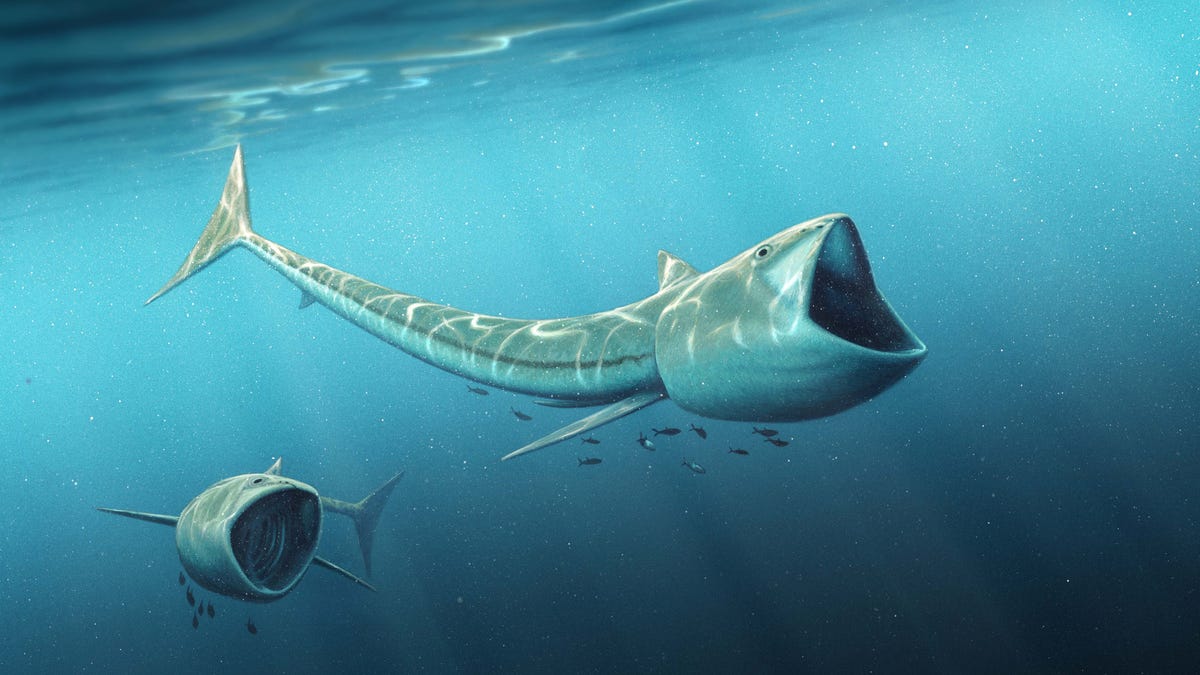
An international team of scientists have discovered two new plankton-eating fossil fish species, of the genus called Rhinconichthys, which lived 92 million years ago in the oceans of the Cretaceous Period. (Image by Robert Nicholls)
Scientists have discovered the remains of an ancient fish that plied the world’s oceans nearly 100 million years and used their huge, swinging jaws to capture plankton.
Skulls of the fish known as Rhinconichthys were found in Colorado and the re-examination of a second one from Japan – which triples the numbers of species in the genus known to science and greatly expands their geographical range. Until now, the only fossils of this fish had been found in England.
Related: Scientists discover prehistoric 'Jurassic butterfly'
The fish dates to 92 million years during the Cretaceous Period.
“Based on our new study, we now have three different species of Rhinconichthys from three separate regions of the globe, each represented by a single skull,” Kenshu Shimada, a paleobiologist at DePaul University, said of the species that have been named R. purgatoirensis and R. uyenoi. “This tells just how little we still know about the biodiversity of organisms through the Earth's history. It's really mindboggling.”
Rhinconichthys belongs to an extinct bony fish group called pachycormids, which contains the largest bony fish ever to have lived. Estimated to have been than 6.5 feet, it’s strangest feature might be the pair of bones called hyomandibulae that formed a massive oar-shaped lever to protrude and swing the jaws open extra wide, like a parachute.
Related: Ancient marine reptiles flew through the water
That allowed it to ingest the plankton-rich water, similar to methods used by some modern sharks such as the basking and whale shark.
A study describing the new species will appear in the next issue of the journal Cretaceous Research.
